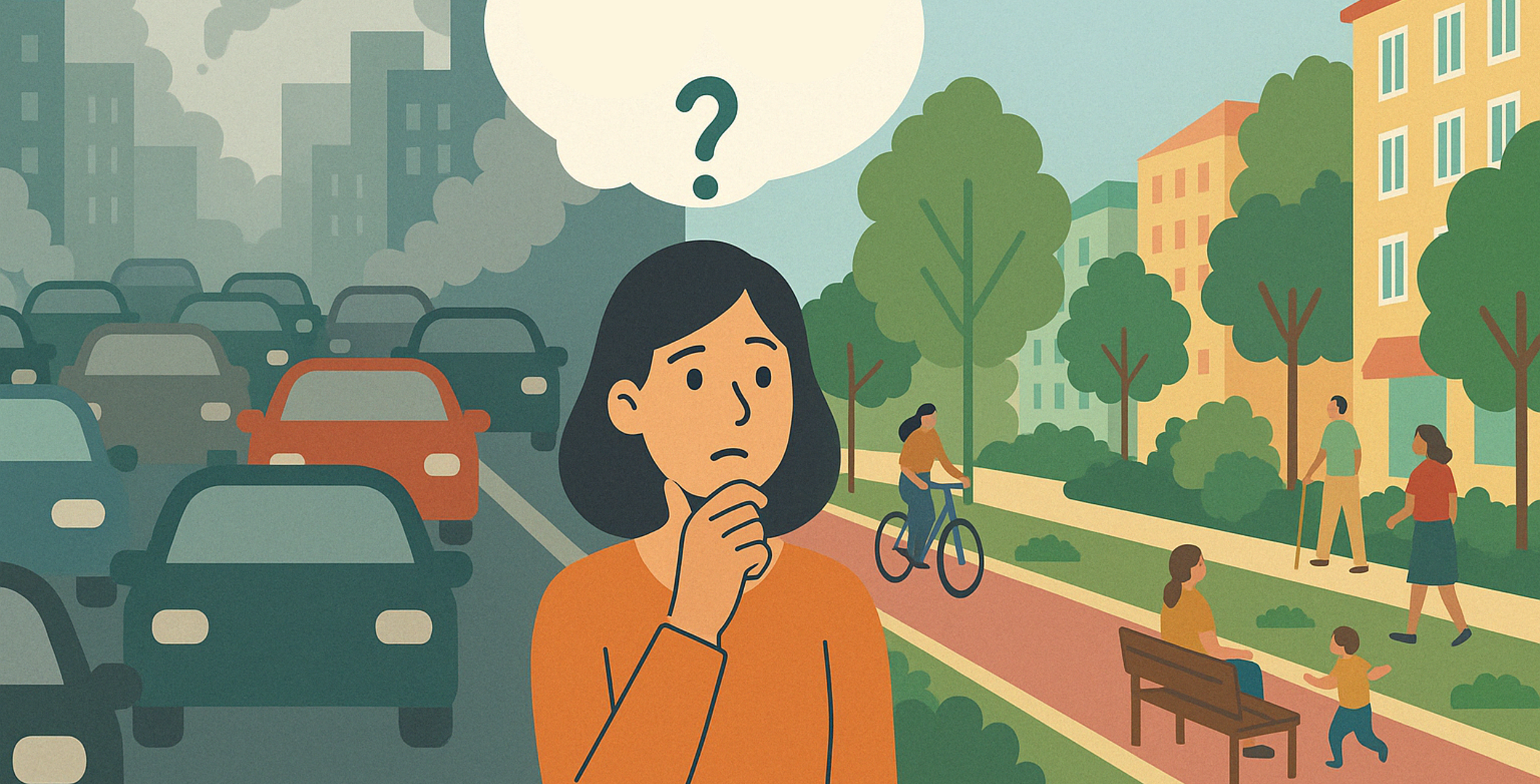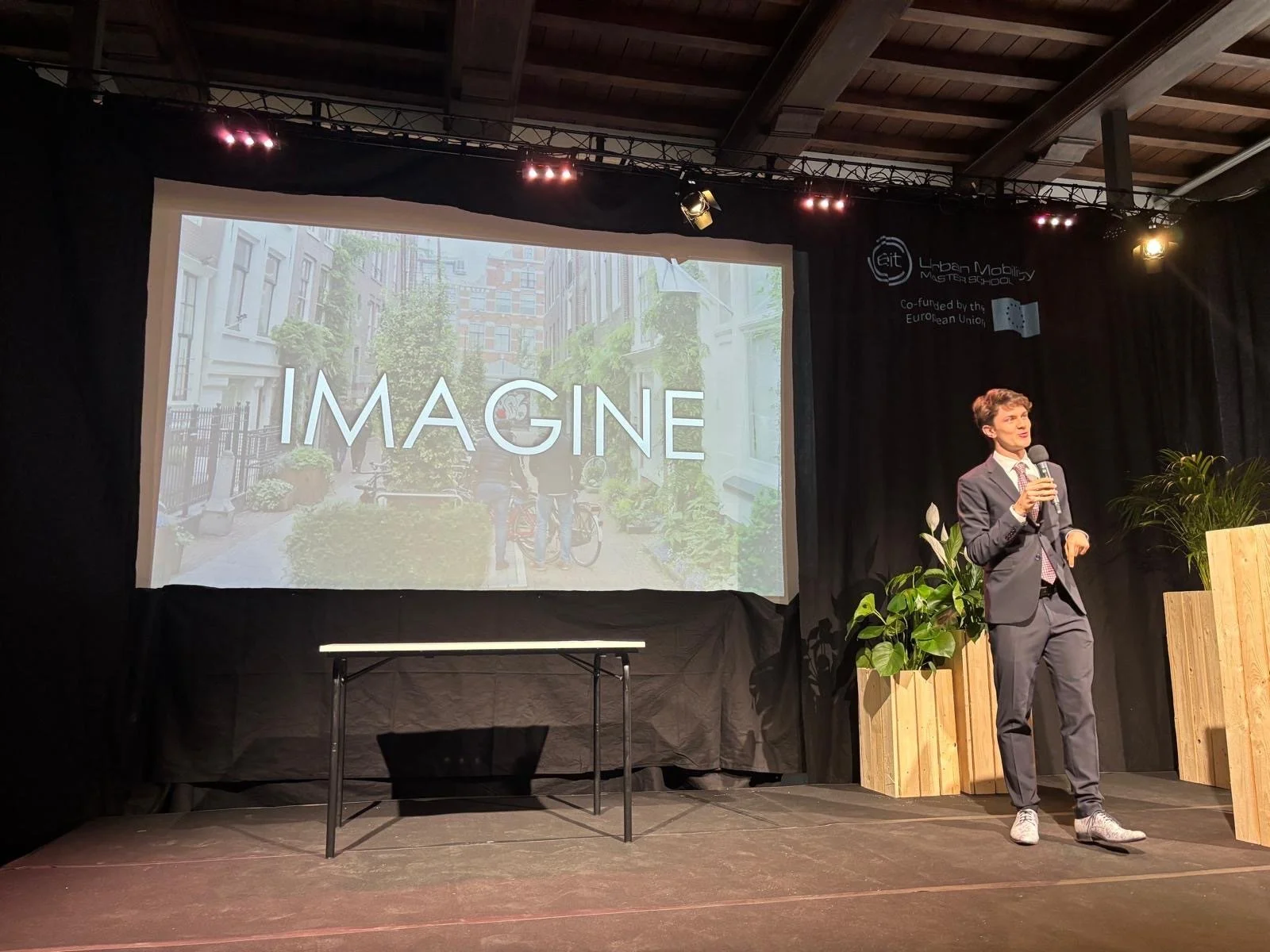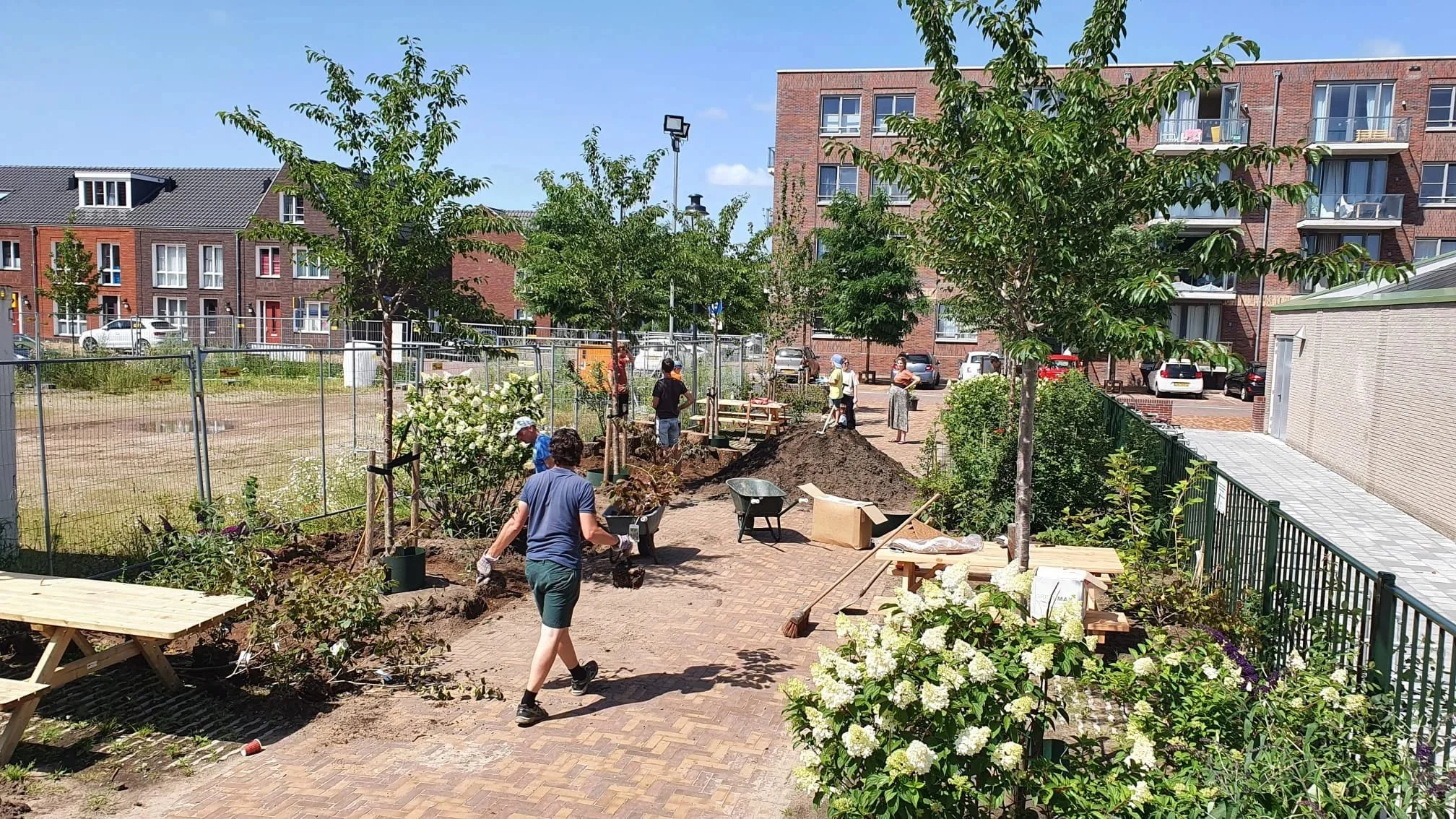Mobility Moshpit 22
✨ Hello pioneering minds!
The Lab of Thought wants to challenge the way we think and act about mobility and the spaces we live in. We love to question the narratives that have shaped our motonormative mindset and explore alternative ways of seeing, thinking, and doing. Curious? Let's go!
RIDING THE HILL OF hysteria: TURNING BACKLASH INTO PROGRESS
When cities try to make streets safer or quieter by reducing car traffic, backlash is almost guaranteed—angry drivers, petitions, and doomsday headlines.
But new research from The Lab of Thought reveals a clear and hopeful pattern behind the chaos.
Interviewing 13 policy champions from cities across Europe and beyond, we found that public opinion follows a familiar curve—the “hill of hysteria”. Opposition peaks when changes are first introduced but quickly fades once people experience the benefits. Safer, calmer, greener streets tend to win over even the sceptics.
The secret? Strong leadership, honest dialogue, and a positive story—not about restricting cars, but about opening the city for humans. As one policymaker from Bologna said: “We are challenging the freedom myths of the 20th century: speed, and the car.” Resistance needs to be part of this transition, but it is temporary and predictable.
👉 Read the full article here
LAB OF THOUGHT RESEARCH WINS EIT URBAN MOBILITY THESIS AWARD
We’re proud to celebrate Alexander Premm, whose thesis for the EIT Urban Mobility Master School was honoured with the Best Thesis Award. His research explored how cities navigate the hill of resistance when implementing people-first, car-reducing mobility policies.
Based on 13 interviews with policy champions from Oslo to Sydney, Alexander found that opposition is often temporary and driven by a vocal minority. Once people experience the benefits of safer, more liveable streets, support grows—and leaders who take bold action are frequently re-elected.
The study offers four key lessons: speak up for change, shift the narrative from restriction to opportunity, trust the silent majority, and build strong alliances to stay resilient through resistance.
👉 Want to know more? Get in touch with Alexander to learn about his findings and next steps.
NON-BORING MOBILITY INNOVATIONS 2025: FRESH IDEAS FOR THE FUTURE OF STREETS
The 2025 edition of Non-Boring Mobility Innovations is here — and it’s packed with 15 brand-new essays from talented urban planning students at the University of Amsterdam. Each piece takes a sharp, creative look at how we move through our cities, challenging the assumptions that shape modern transport systems.
Edited by Marco te Brömmelstroet, Luca Bertolini, and Meredith Glaser, this year’s collection dives into topics like car dependency, tactical urbanism, accessibility, and the social side of mobility. From “Shared Car, Shared Goals” to “From Highways to Human Ways,” these essays aim to provoke reflection and spark new conversations about the role of streets in shaping our lives.
📘 Non-Boring Mobility Innovations 2025 is available now — get your copy here
TRANSFORMING A SCHOOLYARD: FROM ASPHALT TO COMMUNITY GREEN
When plans for a new elementary school in Ede’s ENKA neighbourhood were unveiled in 2018, everything looked perfect on paper — but not in practice. The design left little room for greenery, play, or social interaction, turning the schoolyard into a paved heat trap dominated by parking.
As residents and parents, we felt compelled to act. Over six years, we formed a citizen-led design team to rethink both the schoolyard and the rigid planning system behind it. Together with children, families, and the municipality, we tested greener, healthier, and more social alternatives, from closing drop-off zones to planting trees and reclaiming space for play and community life.
The result? A vibrant, multifunctional schoolyard that proves citizen-led experiments can drive lasting change.
👉 Read the full article here
Thanks for reading!
If you're not already subscribed, click here.




